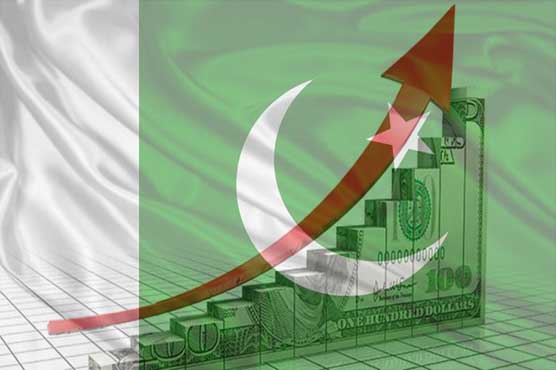The Deteriorating State of Pakistani Economy: The government showed the report of economic survey 2018-2019 which somehow reflects the performance of Pakistan Tehreek e Insaf in its first year of power. The economics had already predicted that the economy would be slowed down and it happened to be true since they missed their 6.2 percent target by a wide margin, hitting a nine-year low at 3.3 percent.
Pakistan operates on a mixed economy that is between capitalism and socialism and that is why it is somehow chaotic. A mixed economy never functions very well since the regulations and reforms are not clearly defined. The major decisions are taken by the Government and private enterprise and so is the economy exercised by both powers; furthermore the economy of Pakistan depends on its industrialized sector like agriculture, textile etc.
The economic freedom score of Pakistan is 55.0, making its economy the 131st freest in 2019 Index. It is ranked 32nd among 43 countries in the Asia–Pacific region, and its overall score is below the regional and world averages. Pakistan is majorly dependent on its agricultural economy which makes up about 20 percent of its GDP.
Global financial crisis like the occupation of Afghanistan have impacted Pakistani growth. The rural areas are majorly struck with poverty where the most population of Pakistan resides. Out of the 40 million people living below the poverty line 30 million are part of the rural area populace.
The financial sector has faced multiple challenges over the years due to excessive unproductive expenditures along with lower tax revenues. Furthermore, high-interest payments, untargeted subsidies, loss-making PSEs, energy subsidies and security-related issues all weighed on expanding the fiscal deficit.
During the last five years, total revenue as a percentage of GDP on average reached 14.9 per cent, whereas it stood at 15.1 per cent in FY2018.
Hence the Government needs to take serious measures to sustain Pakistani economy and stop this decline.

